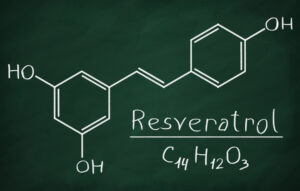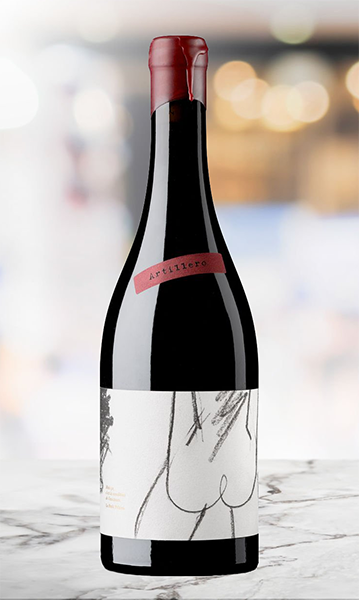- Posted on
- By Cellars Wine Club
- In Wine Life Blog

You hear a lot of talk about sulfur (sulfites) in wine. Sulfur is used in food and beverage production as a preservative, and wine is no exception. But what’s sulfur all about? And should you be concerned?
The answer is maybe a little less cut-and-dried than you’d like to think.
Sulfur and Wine FAQ
Here are some of the most frequently answered questions about sulfur and wine.
What are sulfites?
Sulfites are sulfur compounds, also called sulfur dioxide, or SO2.
Does all wine have sulfur?
The short answer is yes. All wine has a little sulfur. This is because sulfur is a by-product of the fermentation process; therefore, all wine contains some naturally occurring sulfur. However, sulfur is also added to the wine. If you purchase a wine that says “no sulfur added,” it will still have some sulfites present.
Why is sulfur added to wine?
Sulfur is added to fresh grapes to protect the fruit from oxidation and added to wine during fermentation to preserve color, reduce microbial activity, and stabilize high pH levels, which could cause a wine to go wrong very quickly. It is added in higher doses to stop fermentation or prevent refermentation in sweet wines.
How much sulfur is in wine?
The amount of sulfur in wine depends mainly on the type of wine being made. Because sulfur has a powerful smell and causes severe reactions in people who are allergic to it, there are legal limits as to how much sulfur can be added. These limits vary by country, but wine importers must adhere to the destination country’s policies.
Does some wine have more sulfur than others?
Some wine needs more sulfur than others to stay stable. For example, sweet wines need more sulfur than dry wines, so they don’t start to referment in the bottle. Sweet wines may have up to 250 mg per liter of SO2. White wines are second in line. Dry whites generally have up to 100 mg per liter of SO2, which helps to prevent them from turning brown. Red wines have a natural preservative (anthocyanin) in their skin and need less sulfur, usually about 75 mg per liter. The maximum SO2 allowed in any wine in the United States is 350 mg per liter.
Can you smell or taste sulfur in wine?
The legal amount of sulfur in wine is well below the taste threshold. Excessive sulfur is usually corrected in the winery before bottling the wine for sale. But sometimes, when a wine is judiciously sulfured and is warmed slightly, you’ll notice a distinct sulfur or matchstick-like smell. This smell usually blows off quickly by decanting the wine or with a swirl of the glass.
Is sulfur in wine harmful?
Many people are highly allergic to sulfites, which is why there are legal limits as to how much can be added to the wine. Most sensitive people will generally only experience headaches when exposed to sulfur in wine. However, asthmatics should avoid sulfur as it can cause potentially life-threatening reactions.
Do organic wines have sulfur?
Most (but not all) organic wines are made with minimal sulfur added. However, just because a wine is organic, there’s no guarantee it doesn’t have some sulfur. An organic designation only applies to vineyard practices, not winemaking.
Do you have any questions about sulfur in wine we did not address here? Drop us a line and let us know!
Sign up for a wine club subscription today.












